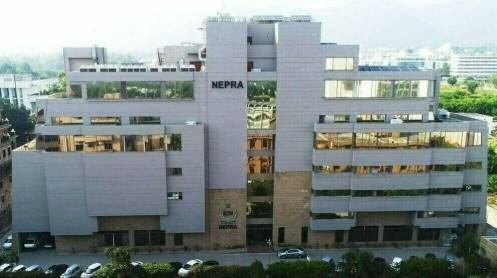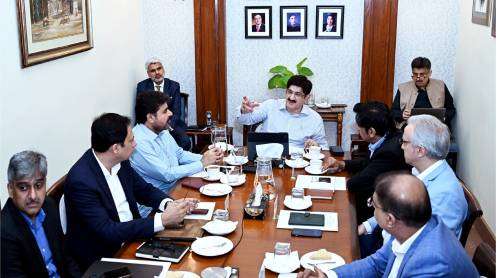ISLAMABAD: Starting July 1, 2024, the National Electric Power Regulatory Authority (Nepra) will implement a new electricity tariff structure, introducing fixed monthly charges ranging from Rs200 to Rs1,000 for domestic consumers. This adjustment, aimed at bolstering DISCOs’ revenue, will affect five residential consumer categories based on monthly unit consumption.
Domestic consumers using 301-400 units per month will incur a fixed charge of Rs200. Those consuming 401-500 units will pay Rs400, while consumers using 501-600 units will be charged Rs600. For those consuming 601-700 units, the fixed charge will be Rs800, and consumers using more than 700 units will pay Rs1,000. Additionally, residential consumers with Time of Use (ToU) meters will face a fixed charge of Rs1,000 per month.
Commercial consumers with loads under 5kW will pay Rs1,000 per month. Those with loads of 5kW and above will see a 300% increase in fixed charges, now paying Rs2,000 instead of the previous Rs500.
Industrial consumers will also experience significant hikes. B1 category consumers using up to 25kW under ToU metering will now pay Rs1,000. B2 category consumers using up to 500kW will see their fixed charges rise by 300% to Rs2,000. B3 category consumers using up to 5,000kW will face a 335% increase, paying Rs2,000, up from Rs460. B4 category consumers will see a 355% increase, also paying Rs2,000 per month, up from Rs440.
Currently, 72% of the total electricity cost comprises fixed charges, yet only 2% of revenue comes from these charges, with the remaining 98% from variable charges. This mismatch has prompted the tariff adjustment.
The government is set to petition Nepra for a uniform tariff for FY25, following Nepra’s determination of a base tariff increase to Rs5.72 per unit. The new base tariff for FY25 is expected to rise to Rs35.50 per unit, up from Rs29.78 per unit in FY24. This increase is projected to generate over Rs3.763 trillion in revenue for the power sector in FY25.
Story by Khalid Mustafa








